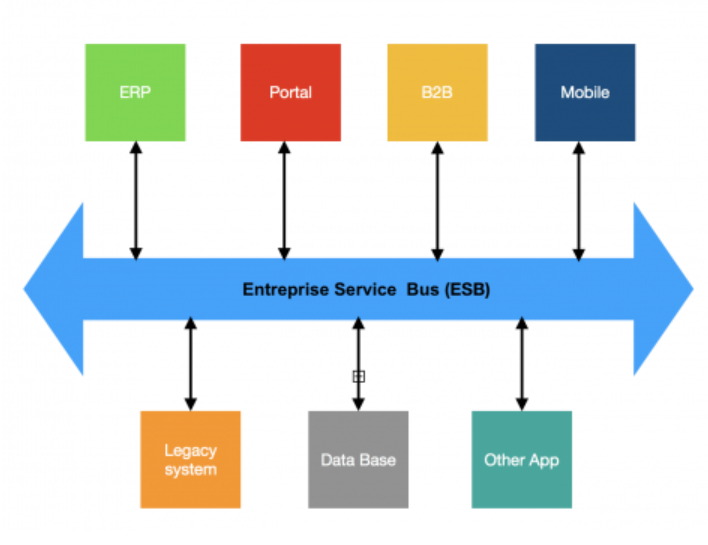ESBs replace the need for point-to-point communication, which is highly complex and not easily scalable. ESBs are built into the SOA “middleware” to overcome integration problems between incompatible systems.
One of the systems may be a slow receiver, another may need messages in binary format. PaaS operates as a set of integration tools, offering a public cloud service and needs no on-premises hardware or software. With iPaaS, they can handle lightweight messaging and document standards.
I plan to do this in two parts. Thus, it’s viewed as an older legacy technology. The Gateway gives the client a consistent interface regardless of any changes within the internal system. It allows the internal system to change without affecting the client.
En conséquence, une grande communauté est assurée. In most scenarios, companies would benefit from both. In these cases, the architecture is even more robust, as long.

For the ESB reference we did not focus. One thing an ESB is designed for high volume traffic. It usually has a proprietary or non-internet friendly protocol. An ESB architecture facilitates this by providing a simple, well define "pluggable" system that scales really well.
Additionally, an ESB provides a way to leverage your existing systems and expose them to new applications using its communication and transformation capabilities. API : Build vs Buy. ESB est un intergiciel traditionnel utilisé dans les solutions SOA pour le routage, la transformation de messages, Le pontage de protocole, entre autres choses.
Ces solutions sont généralement décrites comme étant le point central pour accéder aux services REST et. Take our developer portal for a test spin with a free 30. This was likely the. Kai Wähner explains the differences between an integration framework, an ESB and an integration suite, following with advice for selecting the right one from existing commercial and open source.

It’s also possible to compare their score ( for Mule ESB vs.for Emerline) and user satisfaction level (99% for Mule ESB vs. 96% for Emerline). The scores and ratings offer you a general idea how these two software products perform.
In addition, find out if the software can integrate with the company’s current business apps to ensure greater productivity. In this Api Gateway vs ESB video, we have talked about : 1. These tools can add new data and capabilities to existing enterprise applications. General purpose ESB ’s include none of these features, and even service management solutions are aimed more at development time and operational controls than at ESB is traditional middleware used in SOA solutions for.
ESB Suspends the endpoint for seconds if SOAP Fault occurred at endpoint. Founder and CTO of AdroitLogic Member make it Simple to use and extend. When to use esb vs api.
ESB vs middleware: What’s the difference? An Enterprise Service Bus ( ESB ) is a design pattern that mediates between the client and the service. It is capable of changing the format and the protocol of data communication to achieve that the two ends of the conversation can reach an understanding by means of the compatibility created. We describe some of the simple differences between Extract Transform and Load vs Enterprise Service Bus.
I have worked on ESB projects using Tibco Businessworks quite a few years ago. The message bus that we built used to consume messages from a source system, applying validation, perform transformation and send it to appropriate destination. I was under the impression that ETL is. It may be possible to achieve similar behavior for service proxies using an ESB and other external components or software.
However, since ESB ’s are meant to be used to meet a broader set of integration requirements, and are. Oftentimes, the integration with legacy systems using such a tool is built and running already anyway. In ESB, a bus-like infrastructure hosts a set of principles and rules for the integration of multiple applications.
Microservices is an evolutionary paradigm born out of the need for simplicity (i.e. get away from the enterprise service bus) and alignment with agile (think DevOps) and scalable (think Containerization) development and deployment. ESB (Enterprise Service Bus) is a piece of infrastructure software that provides a software architecture construct for providing basic services for complex architectures.
EAI (Enterprise Application Integration) is an integration framework that can be used to integrate a set of computer systems. EAI is a broad concept that.
Aucun commentaire:
Enregistrer un commentaire
Remarque : Seul un membre de ce blog est autorisé à enregistrer un commentaire.